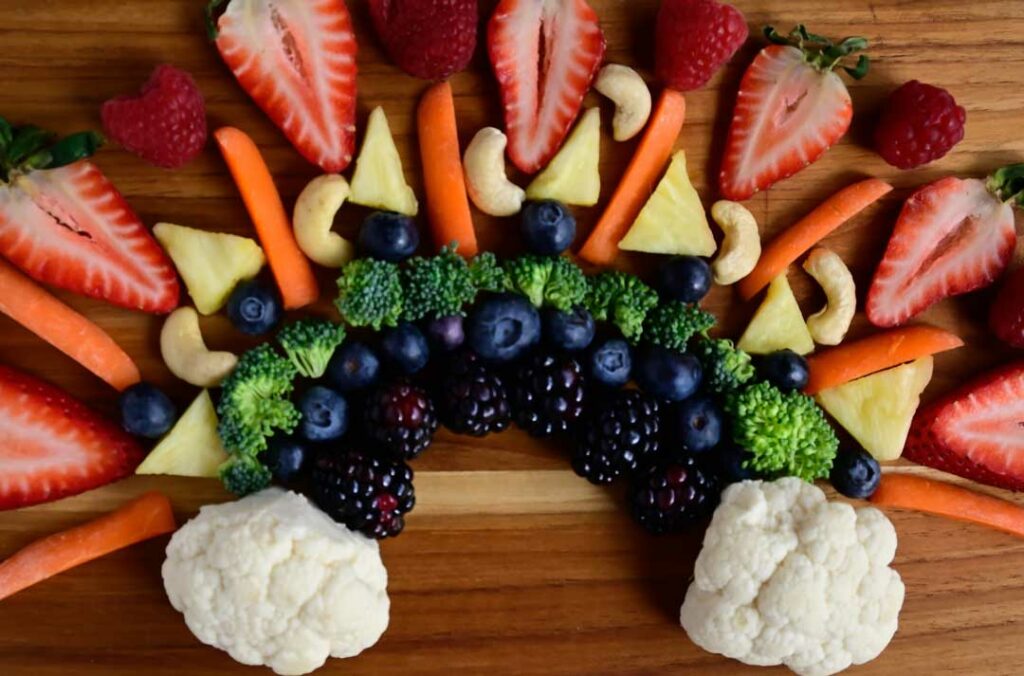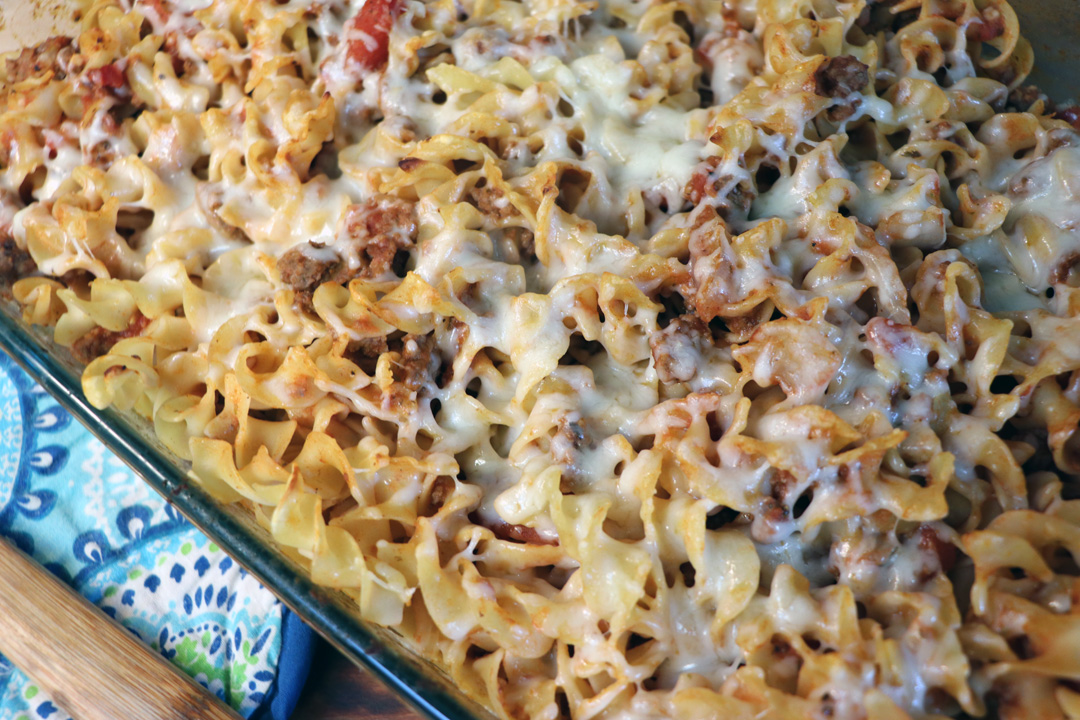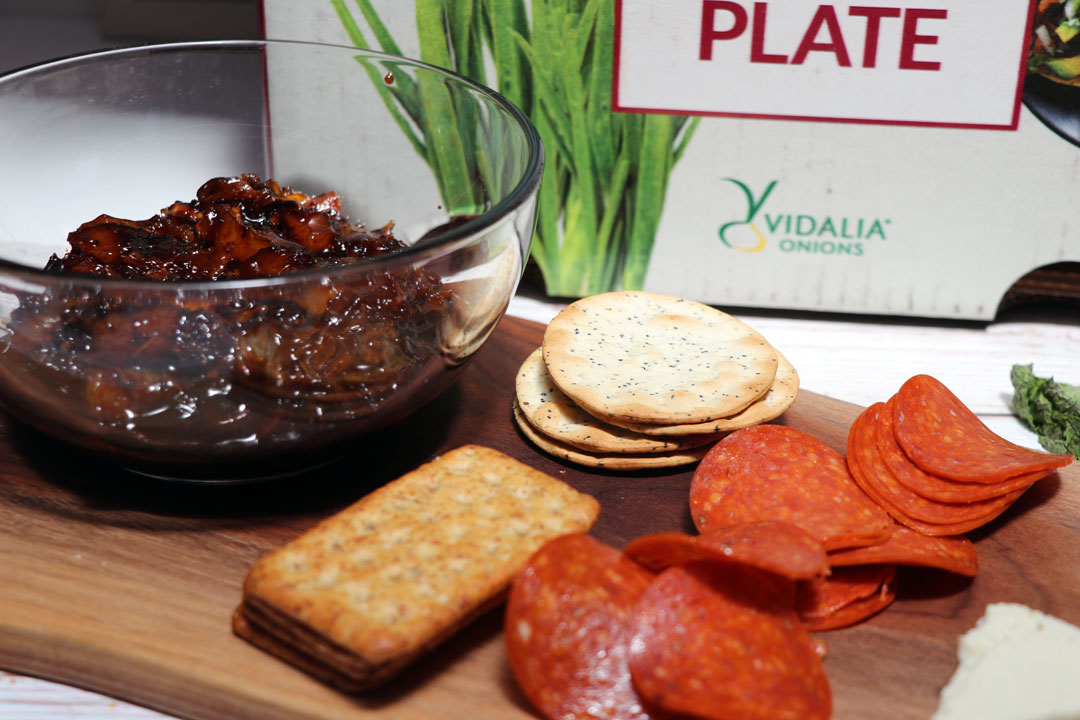Colorful meals for kids aren’t just pretty—they’re packed with the nutrients young bodies and minds need to grow and thrive.

Getting kids to eat a variety of fruits and vegetables can sometimes feel like a daily challenge. Yet, the colors on your plate are more than just visually appealing.
Colorful Meals for Kids: Why Eating the Rainbow Matters
They are clues to the nutrients that support your body’s systems, promote growth, and help prevent illness. A colorful diet offers a simple way to teach kids about nutrition while building a foundation of healthy habits for life.
Each Color Offers Unique Nutrients
Different colors in fruits and vegetables indicate the presence of specific phytonutrients. Red foods like strawberries and tomatoes are high in antioxidants such as lycopene and anthocyanins, which support heart health.

Orange and yellow foods like sweet potatoes, carrots, and mangoes are rich in beta-carotene, a form of vitamin A that plays a vital role in vision and immune function. Green vegetables like spinach, broccoli, and peas contain folate and chlorophyll, which are important for cellular health and development.
Blue and purple foods such as blueberries, plums, and eggplant offer flavonoids that support memory and brain function. Even white foods like cauliflower and garlic contribute valuable nutrients like allicin and potassium.
Encouraging Variety Through Meals and Snacks
Offering meals that contain several naturally colorful ingredients encourages variety without needing to overthink portion control or calorie counting. A bowl with brown rice, leafy greens, roasted carrots, and diced red pepper delivers a range of vitamins, minerals, and fiber in one sitting.
When snacks are also colorful, such as a mix of berries or slices of bell peppers, they become more enticing to children who may otherwise resist fruits and vegetables.
Color and Cognitive Connection
Bright, natural colors can do more than fuel the body. They may also stimulate interest and curiosity in young children. When meals are visually engaging, kids are more likely to pay attention to what they are eating and try new ingredients.

This interest may encourage slower eating, which helps digestion and allows for better recognition of fullness. In this way, a colorful plate supports both physical and behavioral wellness.
Making Smart Food Choices Convenient
Busy schedules often get in the way of consistently offering fresh, colorful meals. One solution some schools and workplaces are adopting is the use of a touchless vending machine to distribute healthy options quickly and safely.
If similar systems become more common in family-oriented spaces, they could encourage both parents and kids to make nutritious choices without needing extra preparation time.
A Lifestyle That Builds Over Time
Creating a colorful diet does not mean a complete overhaul of your pantry. Even one additional vegetable or fruit per day can make a difference. Gradually introducing new produce and involving children in food selection builds familiarity and enjoyment. Over time, these small habits create a routine that supports immune function, energy levels, and long-term health.
Eating the Rainbow: Colorful Meals for Kids Made Easy
Making color part of every meal teaches families to think about food in a new way. It is a habit that brings beauty to the table, fuels active days, and offers benefits that go far beyond appearance. For more information, check out the accompanying infographic below.
Serving colorful meals for kids helps build lifelong healthy habits in a way that’s both fun and doable.
Whether you’re adding one new veggie or revamping the whole plate, every little change matters. Keep it simple, stay consistent, and let the rainbow do the rest.

Jessi is the creative mind behind The Coffee Mom, a popular blog that combines parenting advice, travel tips, and a love for all things Disney. As a trusted Disney influencer and passionate storyteller, Jessi’s authentic insights and relatable content resonate with readers worldwide.



